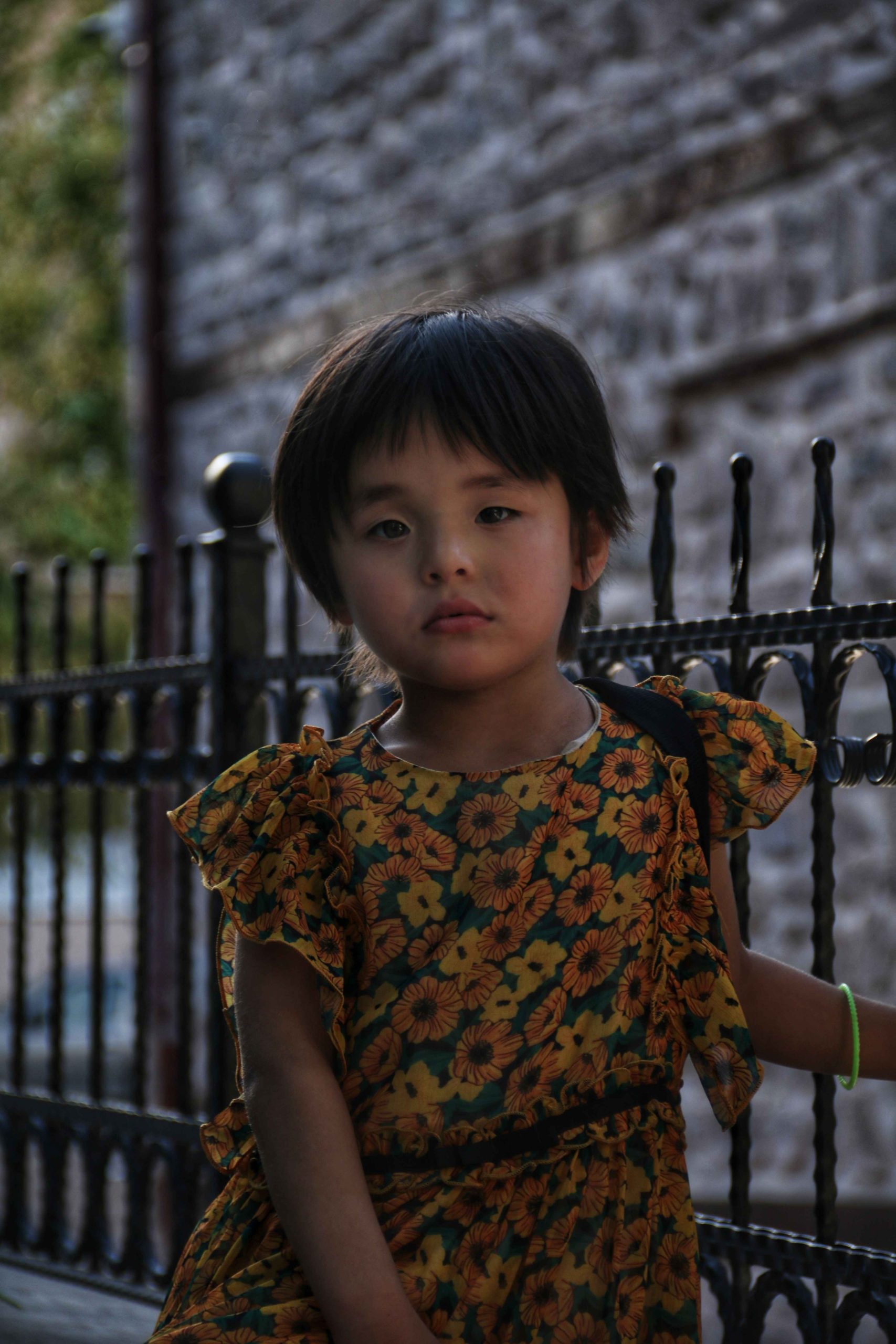
PTSD in Children: Navigating the Effects of Trauma
Post-Traumatic Stress Disorder (PTSD) is a psychological condition that can affect individuals of all ages, including children. When children experience traumatic events, such as accidents, abuse, natural disasters, or witnessing violence, they may develop symptoms of PTSD. Understanding and addressing the effects of trauma in children is crucial for their well-being and long-term mental health. In this article, we will explore PTSD in children, its impact, and strategies for navigating the effects of trauma.
Recognizing PTSD in Children:
PTSD symptoms in children can manifest differently compared to adults. These may include nightmares, flashbacks, avoidance behaviors, hypervigilance, changes in mood and behavior, regression, difficulties with concentration, and physical complaints. Recognizing these signs is essential for early intervention and support.
Impact on Development:
Untreated PTSD can significantly impact a child’s development. It may affect their academic performance, social interactions, emotional regulation, and overall quality of life. Understanding the potential long-term consequences of untreated trauma highlights the importance of intervention and support.
Trauma-Informed Care:
A trauma-informed approach involves creating a safe and supportive environment for children affected by trauma. This approach considers the impact of trauma on a child’s behavior and functioning, emphasizing empathy, empowerment, and collaboration. Trauma-informed care aims to restore a child’s sense of safety, control, and resilience.
Therapeutic Interventions:
Various evidence-based therapeutic interventions can help children with PTSD. Play therapy, cognitive-behavioral therapy (CBT), eye movement desensitization and reprocessing (EMDR), and expressive arts therapy are among the approaches used to address trauma-related symptoms, promote healing, and develop coping strategies.
Supportive Environments:
Creating supportive environments is essential for children with PTSD. This involves involving parents, caregivers, and educators in the child’s recovery process. Educating and raising awareness about trauma and PTSD can help create understanding, reduce stigma, and foster appropriate support networks.
Collaborative Care:
Addressing PTSD in children requires a collaborative approach involving mental health professionals, educators, healthcare providers, and families. Collaborative care ensures comprehensive assessment, treatment planning, and ongoing support tailored to the specific needs of the child.
Conclusion:
PTSD in children is a significant concern that requires attention and support. By recognizing the signs of trauma and implementing trauma-informed care, therapeutic interventions, and supportive environments, we can help children navigate the effects of trauma and build resilience. Collaboration among various stakeholders is crucial in providing the necessary resources and support for children to heal and thrive after experiencing traumatic events.



